There can be your advertisement
300x150
Painting Rooms and Spaces: 10 Golden Rules
And the painting process itself is a very creative activity: it's pleasant to imagine yourself as an artist, take a brush in your hands and add new colors to your home on your own.
So, you arm yourself with a roller and paint to transform the interior by yourself. What else do you need for the result to please and fill you with pride that it was all done with your own hands? There are nuances in wall painting. Today we will share some of them.
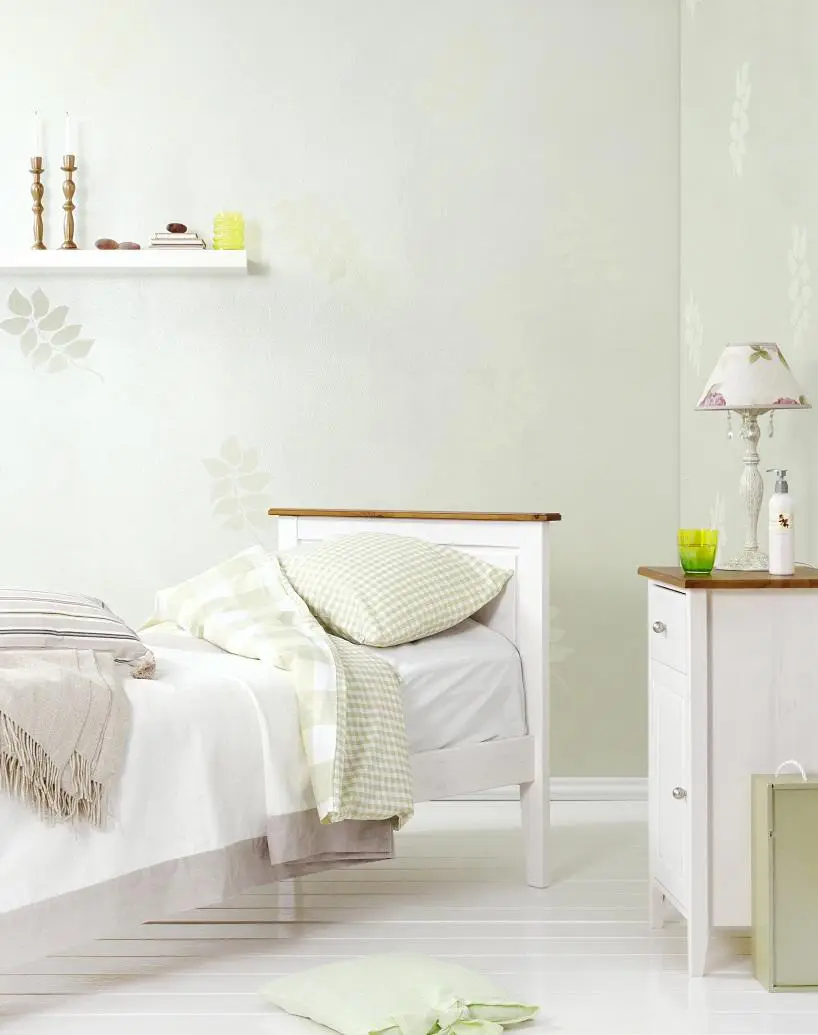
Rule #1: Choose the paint color last Many start renovation by choosing a color for the walls – and make a mistake. If you want your interior to look harmonious, start with selecting shades for the floor and furniture, and save the paint for later. Why? Because the number of furniture, parquet, and accessories shades is always limited, while paint can be tinted into thousands of different colors.
For example, in the "Symphony" system, which Tikkurila uses for tinting paint, about 25,000 color options are available. Agree that it is much harder to find a matching shade for the wall, such as a dark turquoise lamp, and get lost searching for that color.

Rule #2: "Live" with the chosen color before buying This rule is especially relevant for bright shades. However, psychologists have repeatedly proven that prolonged exposure to bright colors tires and a bright orange wall may only make you want to cover it with the highest cabinet after a few months.
What to do if your dreams of an orange wall still won't let you go? Make a color swatch in the store and take it home; many salons or building supply stores provide this service. See how the chosen color behaves under the lighting of your room and make a decision. Also, don't forget that paint with a high degree of shine will enhance the perception of color, while matte paint makes it calmer.
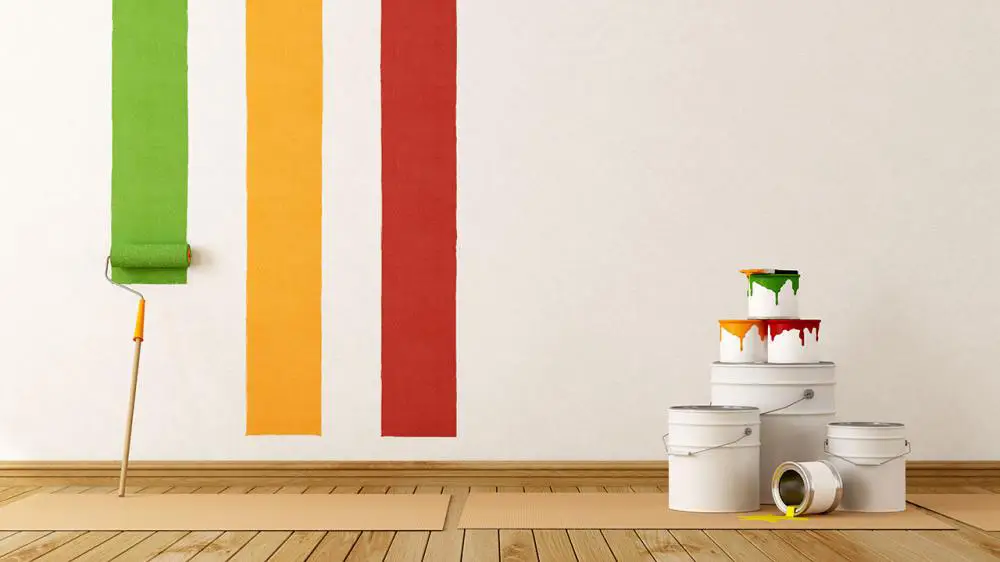
Rule #3: Plan your work carefully Painting requires a certain amount of preparation. You need to calculate the amount of paint using a consumption calculator.
Then determine how much time you will need. Usually, to achieve the desired intensity of color, you must paint in two layers, so you will need time for the first layer to dry. For water-thinnable acrylic paints, the drying time is usually 2-3 hours. For oil-based and enamel paints, it's longer – up to 24 hours.
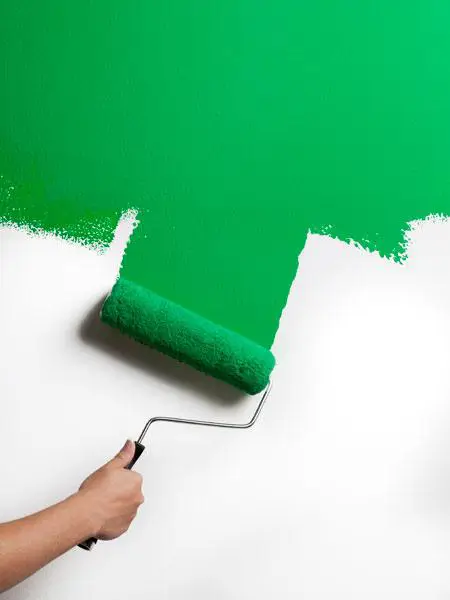
Rule #4: Don't skimp on tools If you have chosen good paint, then the supporting materials should match its quality. Poor tools can ruin the result, no matter how expensive the paint you chose is.
When working with oil-based and oil paints, choose brushes made of natural hair or synthetic fibers. Latex (acrylic) paint should be applied exclusively with brushes made of synthetic fibers. Any brush should be 1.5 times longer than it is wide.
As for rollers, like with brushes, they should be made of synthetic material for applying latex paint. Oil-based and alkyd paints can be applied with either natural or synthetic fiber rollers.
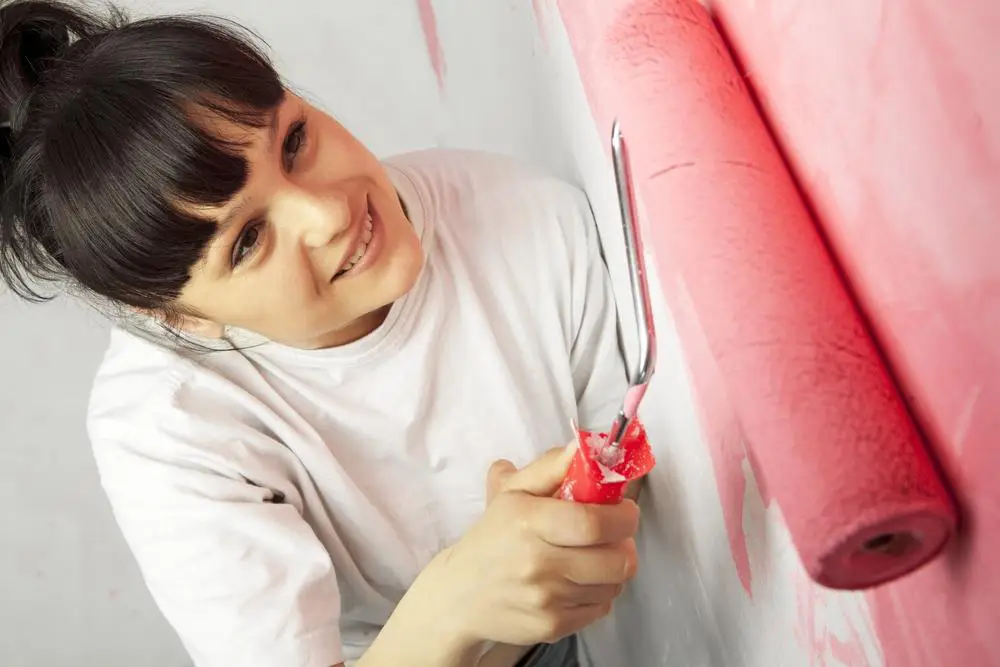
Rule #5: Protect yourself and surfaces
Many modern paints are non-toxic and eco-friendly, but you should not forget about special protective clothing. Cover your head with a scarf, bandana, or use a simple Soviet invention – a newspaper hat.
Choose footwear that you don't mind getting stained with paint. It should also protect your feet from splashes. Put on latex gloves on your hands.
Cover the floor and furniture with protective film – it is sold at any construction store. If paint does get on a surface where it shouldn't be, try to remove it as quickly as possible. Acrylic paint can be washed off with water, but if the enamel has already dried on a surface, white spirit will come in handy.

Rule #6: Prepare the wall surface
The walls must be prepared: there should be no obvious scratches or irregularities. To make the surface smooth, use leveling putty. It is recommended to apply a primer on top: it improves adhesion and prevents paint from soaking into the surface, which for you means significant savings on paint product.
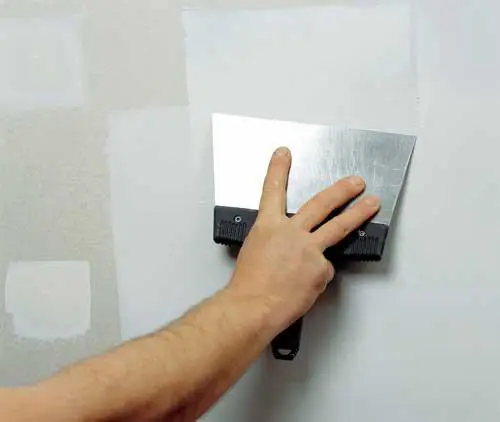
Rule #7: Create proper conditions
Take into account the conditions in which you plan to do the painting. Ensure that the room is not too hot, humid, or cold, as paint may dry or set in such conditions.
After painting, to ensure reliable drying of the paint, it is recommended to raise the room temperature and lower the relative humidity. A good solution for this is a regular room heater.
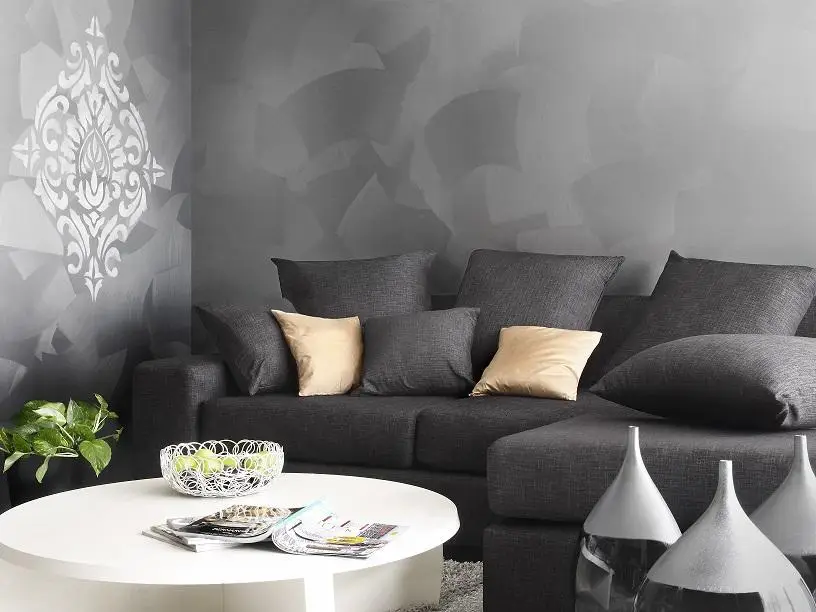
Rule #8: Start painting from the corners and top
The correct order of painting will help you avoid unpleasant surprises and double work. First, paint the upper and lower parts of the walls and corners using a brush or narrow roller. Then proceed to painting the remaining surfaces, starting with the upper part of the wall and then the lower part to avoid runs.

Rule #9: Don't try to do everything quickly
Painting a room should be done in good spirits and without rushing. Haste does not lead to good results – quickly applied layers on top of each other will look unattractive (remember that water-thinnable paint needs at least 2 hours to dry). Also, do not apply too thick a layer of paint at once. As the Scandinavian fairy tale character said, calmness, only calmness – that is the key to successful painting.
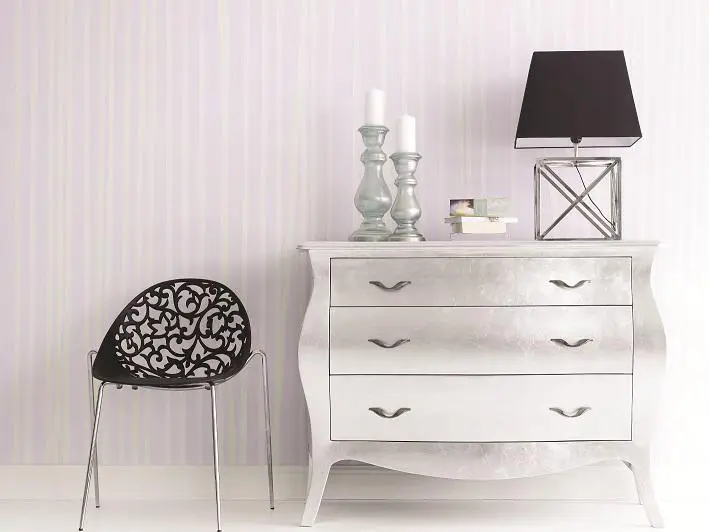
Rule #10: Clean tools
After finishing the painting process, don't forget to clean the tools – they may still come in handy. Water-thinnable paint can be washed off with water or special cleaning agents, for example, Pensselipesu from Tikkurila.
If the paint is not fully used, close the container tightly. To achieve this effect, you can turn the container upside down for a short time – the lid will seal tightly. Don't forget: paint becomes unusable if stored for a long time in containers that are not completely full or not sealed properly.


More articles:
 Design of a Children's Room and Its Features
Design of a Children's Room and Its Features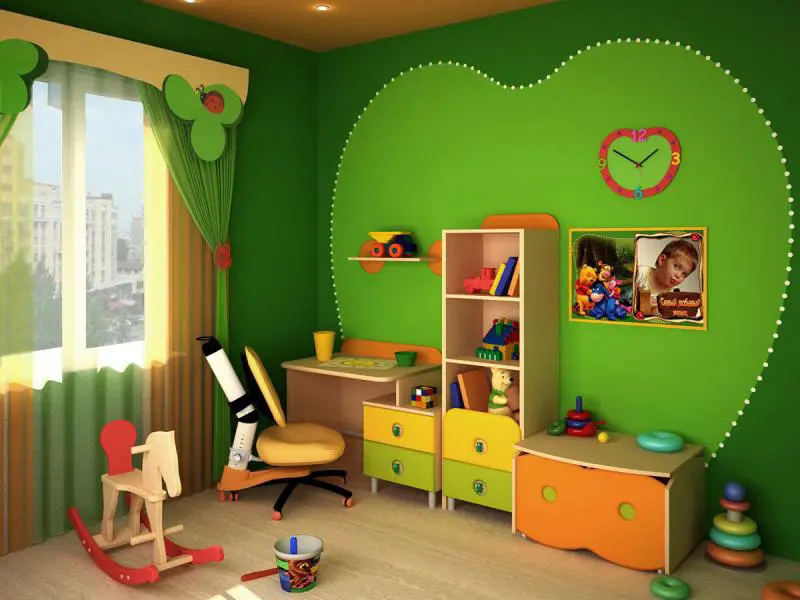 How to Decorate a Children's Room? Tips and Rules
How to Decorate a Children's Room? Tips and Rules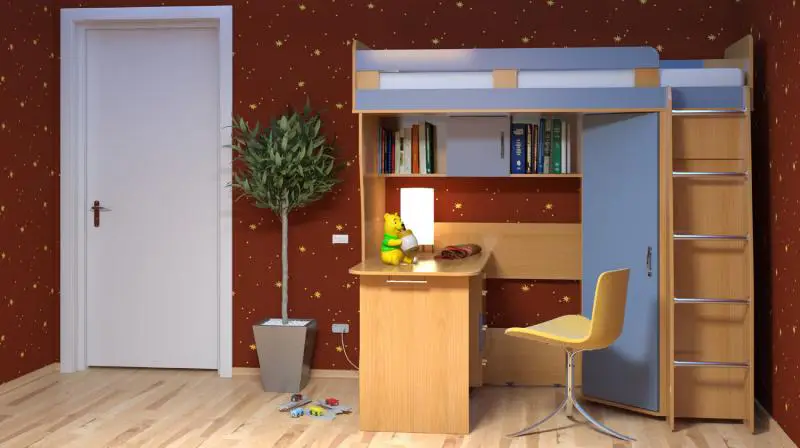 How to Make a Child's Room Cheaply and Quality?
How to Make a Child's Room Cheaply and Quality?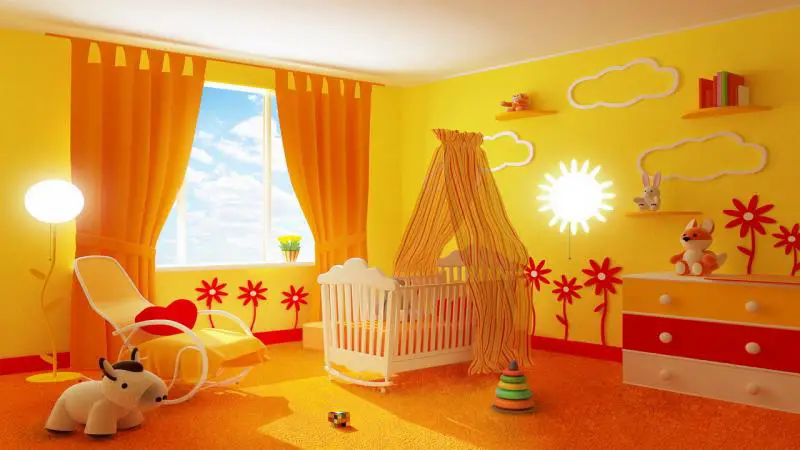 How to Decorate a Children's Room?
How to Decorate a Children's Room? What the Feng Shui Children's Room Should Look Like
What the Feng Shui Children's Room Should Look Like How to Choose a Rug for a Children's Room
How to Choose a Rug for a Children's Room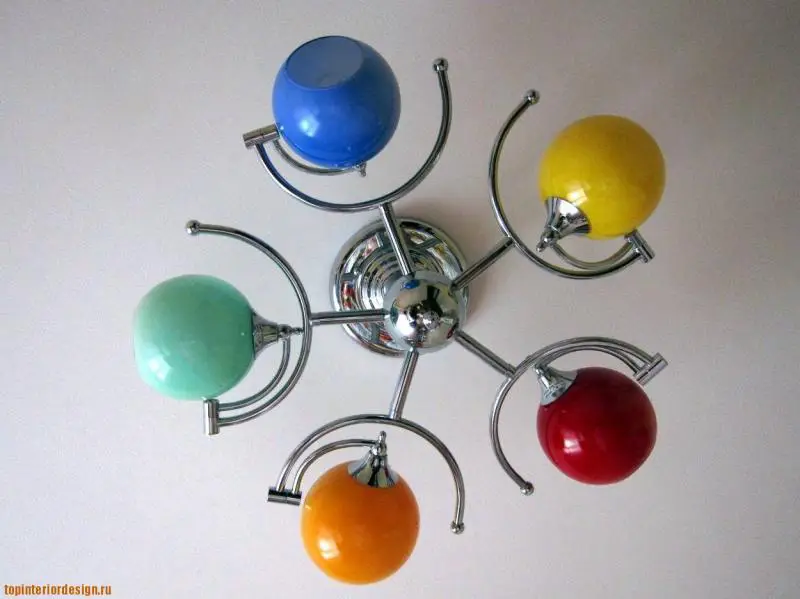 Chandeliers and Lighting Fixtures for Children's Room - Tips for Choosing
Chandeliers and Lighting Fixtures for Children's Room - Tips for Choosing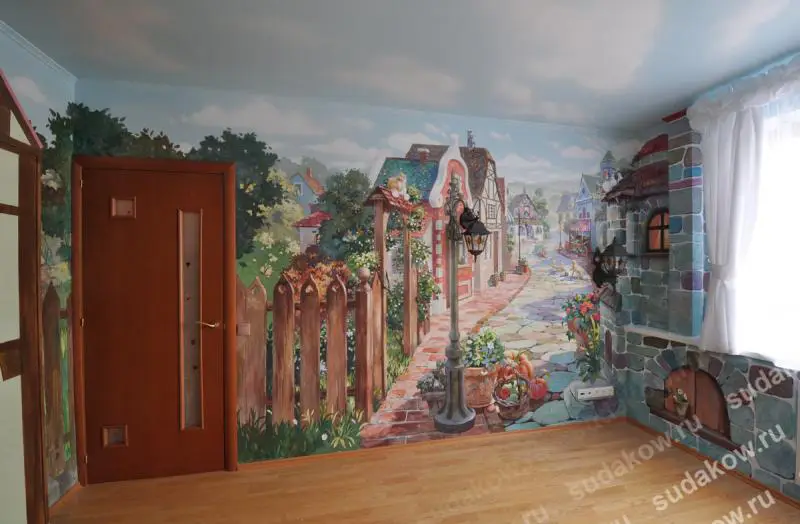 Walls in Children's Room: 7 Ideas for Decoration
Walls in Children's Room: 7 Ideas for Decoration